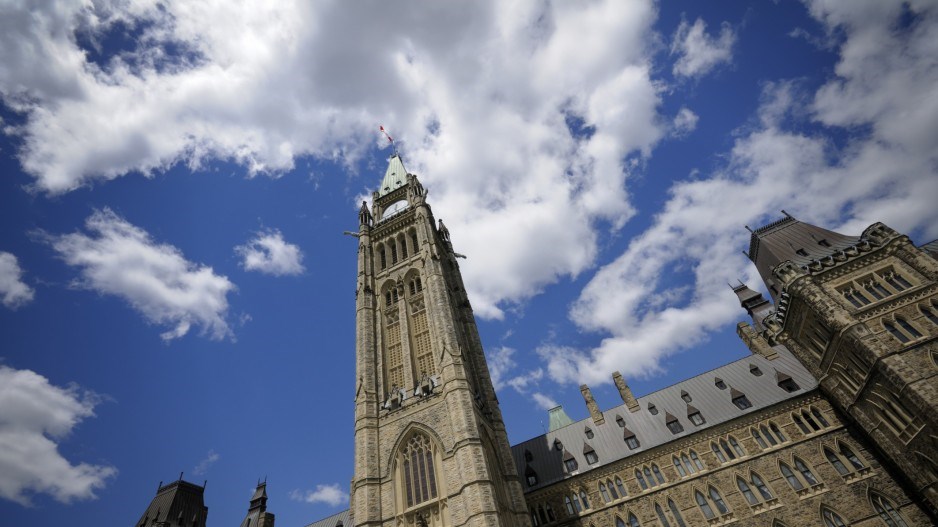British Columbia’s record population growth is having broad effects across our economy, including in consumer markets, the labour market and the provision of public sector services.
Statistics Canada estimates that the province’s population reached 5.58 million in October 2023, marking a sizable gain of 177,600 individuals from 12 months earlier. Almost all of the population increase reflects international inflows.
In contrast, B.C. has been experiencing out-migration to other provinces (mainly Alberta), posting net losses for five consecutive quarters. International emigration – B.C. residents moving abroad – has also been inching higher. Even so, the overall population continues to climb at an unusually brisk pace.
The most striking feature of the international migration data is the jaw-dropping surge in the number of non-permanent residents (NPRs). Like Canada as a whole, NPRs have accounted for a majority of international migrants arriving in B.C. since 2020. These primarily consist of “temporary” foreign workers and international students (many of whom also work), along with smaller numbers of asylum seekers and refugees – together with some of their families. The stock of NPRs residing in Canada has skyrocketed under the Trudeau government, hitting 2.5 million last year
The federal government’s haphazard approach to managing immigration policy has caused problems for other levels of government. In particular, the unprecedented expansion in NPRs occurred without any advance notice, coordination or planning with the provinces. Late last fall, federal ministers acknowledged that the huge jump in international migration has aggravated the housing affordability crisis and put added pressure on already-stretched public services.
One consequence of B.C.’s soaring population is an erosion of prosperity, as measured by economic output – GDP adjusted for inflation – per person. According to the B.C. Ministry of Finance, per-capita GDP fell by two per cent in 2023 and is set to drop another 1.7 per cent this year, before recovering very slightly over the 2025-27 period. This forecast assumes continued above-average population growth and a generally lackluster economy.
A falling GDP-to-population ratio means fewer resources and income per person in the economy, which is negative for living standards. What can be done to improve the outlook for per-person prosperity over the balance of the decade? There are several options policymakers can consider. The most important is to establish conditions that lead to faster productivity growth across the broad business sector.
In the last decade, Canada has relied almost exclusively on increasing labour input (more workers) to grow the economy. Meanwhile, productivity has languished, and the longstanding productivity gap with the U.S. has widened significantly. A better approach would be to aim for moderate labour force growth while re-calibrating policies to bolster productivity. Looking to immigration as the only means to advance prosperity simply won’t work. A more balanced policy mix should target increases in business investment in tangible and intangible assets, employee training and innovation – over a sustained period.
As for immigration policy, Canada’s shift toward NPRs versus working-age permanent immigrants admitted under the “points-based” selection system arguably has depressed productivity and blunted incentives for companies to invest in capital, technology and innovation. This is in part because the rising numbers of NPRs working in Canada are clustered in relatively low-productivity (and hence low-paying) industries and occupations, which has the effect of dampening average employment income and GDP per capita. A 2023 Statistics Canada study found that the top 10 occupations for NPRs all provide below-average hourly compensation and are concentrated in labour-intensive sectors. This differs from the employment pattern of permanent immigrants – notably “primary applicants,” most of whom earn incomes at or above the economy-wide average within five years of landing in Canada.
We believe Canada should re-emphasize the permanent immigration stream and cut back on NPRs. This would likely ease pressure in housing markets (particularly for rental), strengthen incentives for Canadian firms to invest in advanced technologies and other forms of capital, and put average wages and GDP per capita on a more positive trajectory.
Jock Finlayson is chief economist of the Independent Contractors and Businesses Association. Ken Peacock is the Business Council of British Columbia’s senior vice-president and chief economist.




